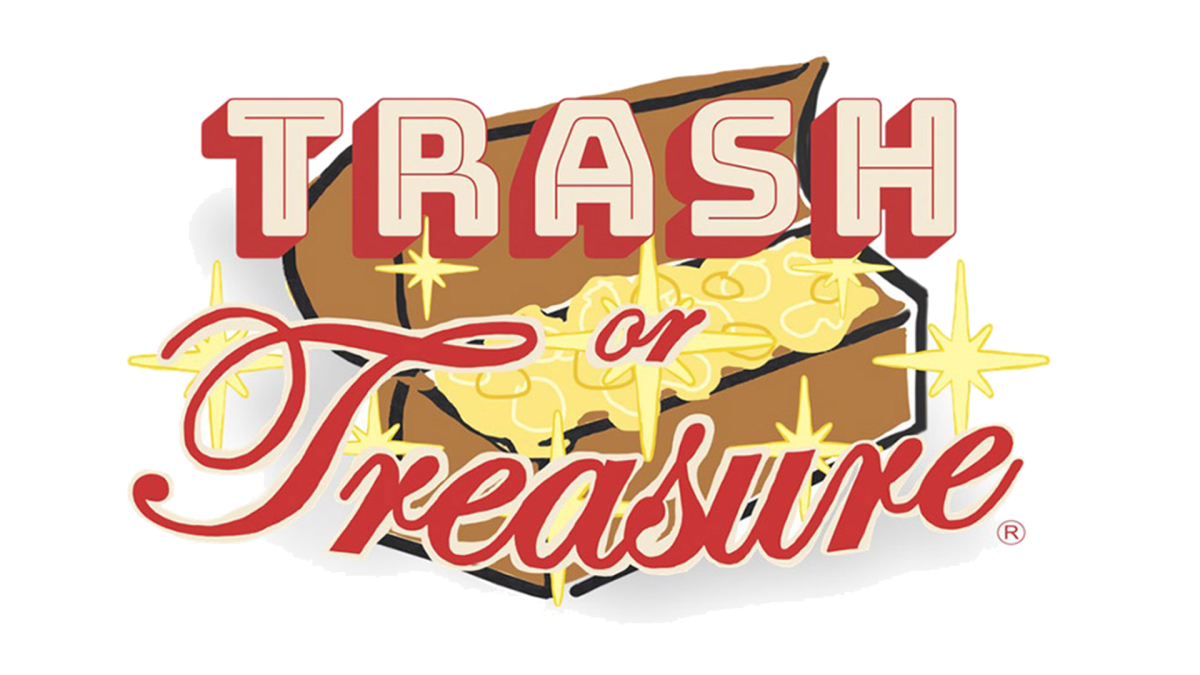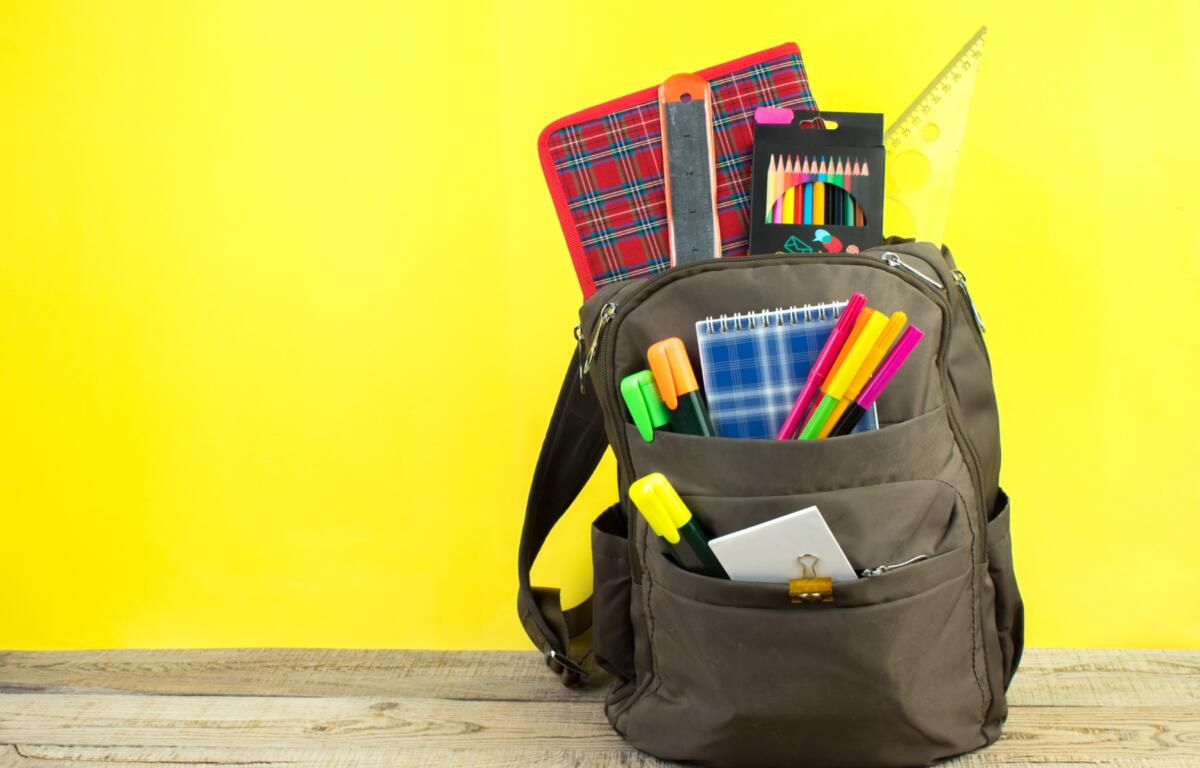Hoarding is a word with a heavy, often negative connotation. A simple Google search for the term generates countless images of homes overrun with trash and other junk in careless, sloppy heaps, consumed by chaos. Nearly every article and website focuses on how to escape hoarding or how to help someone else break free. The common narrative emphasizes the health and safety hazards that can result: blocked exits, poor air quality, fire hazards, and more.
While I definitely agree that some levels of hoarding can become dangerous and problematic, the truth is much more complicated. Many of the characteristics we lump into “hoarding” can actually be perfectly reasonable and even beneficial if handled correctly – there’s a reason nearly three percent of people are considered hoarders!
People hoard, or save, things for a wide range of reasons, but they generally fall into two broad categories. The first is practical: the belief that an object could still be useful in some form in the future. The second is emotional: the feeling that an item carries sentimental or historical value.
Saving items isn’t inherently problematic. In fact, it can be incredibly resourceful! There are a few signs that can help distinguish healthy saving habits and unhealthy hoarding.
One of the most significant indicators is whether or not someone remembers what they’ve saved. If you regularly find things you forgot you owned, it’s time to reevaluate your system and, as hard as it maybe be, send some object on to their next step in life, whether that means donating, tossing, or creating a physical version of a “digital trash bin” where you set items aside temporarily. If they aren’t used (or imagined being used) after a reasonable amount of time, you must part with them.
Another key factor is whether the person is actually willing to use the items they’ve saved.
For example, I wear my own lanyard at school that has a design I like. But I also save my old lanyards and have collected a small pile over the years. This is generally considered a hoarder’s tendency, particularly because I collect them when they don’t have a definitive purpose. Yet I’ve been so glad that I decided to save them because when someone has broken theirs, I’ve been able to offer them a spare. It cost me nothing, and I had the chance to make someone else’s day a little bit better just because I was prepared.
While I think most people would not see much of an issue with this type of saving/hoarding, a few people might change their perspective when I ask for the broken lanyard about to be thrown away. After all, it’s a malfunctioning lanyard and pretty much useless (by most people’s standards). I don’t even have a clear plan for what I would do with it! However, because I got lucky, I managed to collect two broken lanyards earlier this year that I combined to make a good lanyard to give to someone else. So, collecting items with the intent to use them, even without a clear vision for their use at the time, can be very good, as long as the person is actually willing to put them to use.
This kind of behavior crosses the line when a person is too afraid to use what they have saved, holding onto things “just in case” to a point that imagined scenarios become unrealistic. If someone is too afraid to use the backup lanyards they saved, or if they just stockpile them for a highly unlikely emergency, that’s when hoarding starts to become more wasteful than resourceful.
Space is another consideration. It is, after all, impractical and a bad idea in general to do something like spend money for extra storage for things intended for use that are never used. It is also a bad idea to allow clutter to develop in a house to the point that normal operation is impossible or walkways are restricted. But if a specific space is designated as the maximum allowable space for storing something, it can keep hoarding present but healthy.
Take cardboard boxes, for example. They’re expensive to replace and useful to have on hand, but they take up a lot of space. A simple fix? Flatten them. While it slightly reduces their usability, you save space and get to keep the boxes.
Finally, it is important to consider the financial cost. Hoarding doesn’t always mean keeping old items—it can also mean acquiring more things than you need just because they’re on sale or seem like a good deal.
Generally, a healthy hoarder should be hesitant to spend money on more things. If a hoarder does really want to anyway, it is important to evaluate and compare a few things: the cost/bargain of the discount, the ease of attaining the same or a similar item in the future, the probability of actually needing/having a use for the item, the benefit that the item provides, and the space available for the object.
While the acceptable thresholds for these vary by person, considering them is still quintessential in preventing excessive hoarding.
But on the other side of the coin is the emotional part of hoarding which is more complicated – when people keep things for their sentimental or historical value. This kind of saving is common and almost always deeply meaningful to the hoarder. Whether it’s old letters, newspaper clippings, birthday cards, old awards, or other family keepsakes, these items can help us preserve memories and stay connected to our past. The key is how they are saved.
A healthy approach involves at least some level of organization. People don’t have to become minimalists, but grouping and storing items in designated spaces like a memory box or even a “junk” drawer of miscellaneous artifacts keeps the clutter from spreading.
A common misconception about an ideal, healthy, manageable lifestyle is that everything should be as organized as possible, with minimal excess. However, I would argue that even people who are hoarders can still live this ideal life despite their many things. The secret isn’t to eliminate all clutter, but to contain it.
One solution? Dedicated spaces to allow disorganization. The magical detail that makes it all work is that while some disorganization and clutter are allowed, it is limited to a defined area. In the end, hoarding is neither inherently good or bad. As long as hoarding is done mindfully, cautiously, and with appropriate measures, it can be a beautiful, useful, and thoughtful practice.







